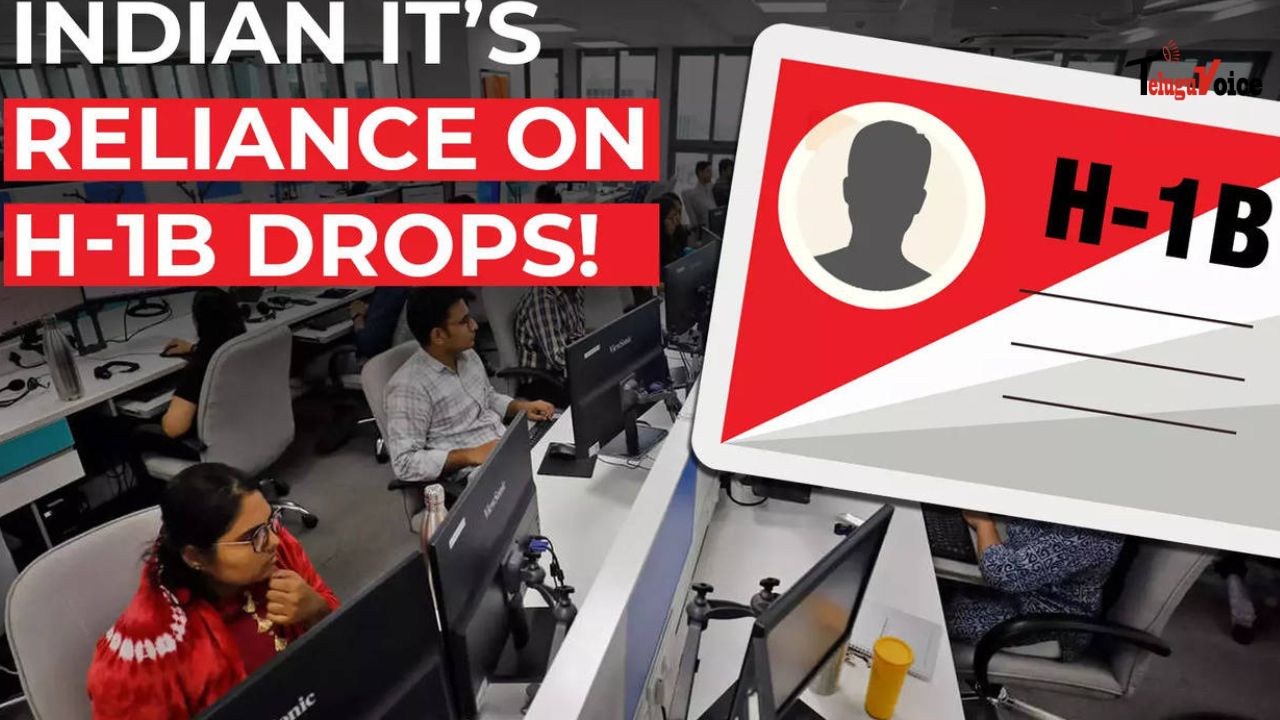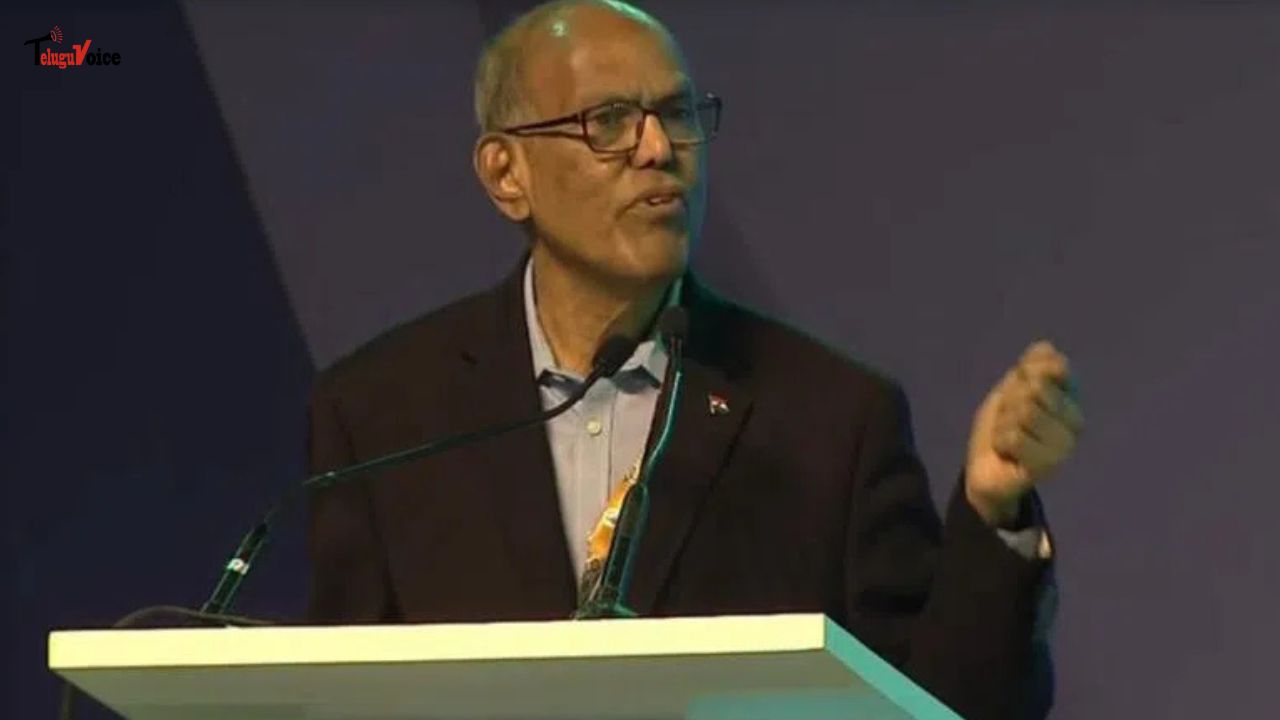Indian IT Companies Reduce Dependence on H-1B Visas

In recent years, Indian IT companies in the US have significantly reduced their use of H-1B visas. These companies used to rely heavily on H-1B visas, and the cost of these visas even affected their profits. However, this is no longer the case.
Before 2015, many large Indian IT firms were among the top 10 users of H-1B visas. This has changed drastically. According to the Economic Times (ET), major Indian IT companies, except Infosys, have seen a more than 40% drop in their share of H-1B visas. Data from the National Foundation for American Policy (NFAP) shows that from fiscal year 2015 to 2023, approved H-1B visa applications for the top seven Indian IT companies fell by 56%, from 15,166 in 2015 to 6,732 in 2023.
Decline in H-1B Visas by Company:
Tata Consultancy Services: 75%
Infosys: 21%
Wipro: 69%
HCL America: 46%
LTIMindtree: 32%
Tech Mahindra: 62%
Hexaware Technologies: 56%
Several reasons explain this decline:
Local Hiring: Indian IT companies are hiring more people within the US. A study by Everest Group shows that companies like Infosys have brought their successful talent development strategies from India to the US, lowering their need for visa workers.
Automation: The use of automation and artificial intelligence (AI) in the IT industry has made many tasks easier, reducing the need for a large workforce.
Rising Costs in the US: Higher living costs in the US make it less attractive for IT professionals to move there.
Alternative Strategies: With fewer H-1B visas, Indian IT companies are finding other ways to get the talent they need. They are investing heavily in the STEM talent pipeline in the US. According to Nasscom, they have invested over $1.1 billion and are working with more than 130 universities to develop a skilled workforce and offer upskilling programs for current employees.
Existing Talent Pool: The large Indian community in the US provides a ready pool of talent that companies can use.
These changes show how Indian IT companies are adapting to new challenges in finding and developing talent in the US.

 South Africa tour of India 2019
South Africa tour of India 2019










Comments